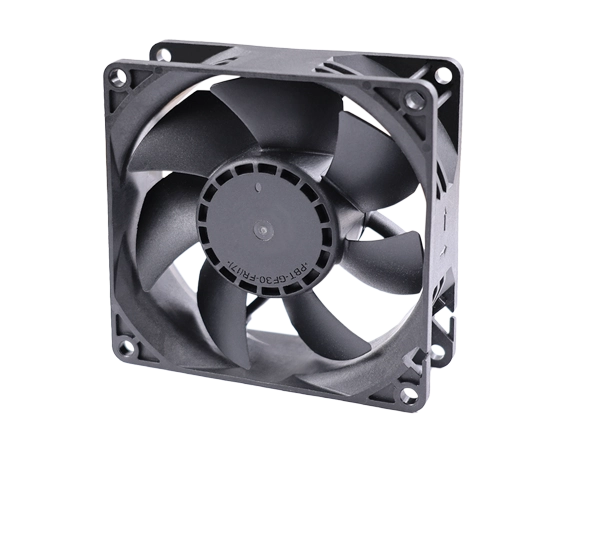Sintered NdFeB magnets are some of the most powerful permanent magnets available in the market today. Known for their high performance and strong magnetic properties, these magnets are widely used in various industrie. However, to fully harness their potential and meet specific application requirements, customization is often necessary. In this blog post, Zhonghang will explore the steps and considerations involved in customizing sintered NdFeB ring shaped magnets for sale.
Understanding NdFeB Magnets
Before diving into the customization process, it's essential to understand the properties and characteristics of NdFeB (Neodymium Iron Boron) magnets. These magnets are made from an alloy of neodymium, iron, and boron, and are recognized for their high maximum energy product (BHmax) and high coercivity, which means they can withstand high temperatures without losing their magnetic properties.
Key Properties of NdFeB Magnets
- High Magnetic Strength: NdFeB magnets can generate a strong magnetic field, making them suitable for applications that require powerful magnets.
- High Resistance to Demagnetization: Due to their high coercivity, these magnets are resistant to demagnetization and can maintain their magnetic properties under challenging conditions.
- Corrosion Resistance: Sintered NdFeB magnets can be coated with materials like nickel or zinc to improve their resistance to corrosion and oxidation.
- Temperature Stability: While they lose some of their magnetic strength at high temperatures, they can still function effectively within a certain temperature range.
Customization Options of sintered NdFeB ring shaped magnets
1. Size and Dimension Customization
The first step in customization is determining the size and dimensions of the magnet. This includes the diameter, thickness, and inner and outer diameters for ring-shaped magnets. The dimensions should be chosen based on the application's requirements and the space available.
2. Magnetic Grade Selection
NdFeB magnets come in different grades, each with varying levels of maximum energy product (BHmax). The choice of grade depends on the strength of the magnetic field required for the application. Higher grades are suitable for applications that demand stronger magnetic fields.
3. Surface Treatment
Surface treatments are essential to enhance the magnet's durability and performance. Common surface treatments include:
- Nickel Plating: Provides a smooth and shiny surface, improves corrosion resistance, and offers a degree of protection against demagnetization.
- Zinc Plating: Offers excellent corrosion resistance, especially in harsh environments.
- Gold Plating: Provides a high level of protection against oxidation and corrosion, suitable for applications where long-term stability is crucial.
- Epoxy Coating: Enhances the magnet's resistance to chipping and cracking, making it suitable for applications involving high impact or vibration.
4. Magnetic Orientation
The orientation of the magnet's magnetic poles can be customized based on the application's needs. This involves aligning the north and south poles in the desired direction to ensure optimal magnetic performance.
5. Adhesive Backing
For applications where the magnet needs to be attached to a surface, adhesive backing can be added. This involves applying a strong, durable adhesive to the magnet's surface, allowing for secure attachment to various materials.
6. Hole Drilling
In some cases, it may be necessary to drill holes into the magnet for mounting purposes or to attach wires for electrical applications. Hole drilling should be done with precision to avoid weakening the magnet's structure.

Considerations for Customization
1.Material Quality
The quality of the NdFeB alloy used in the magnet will significantly impact its performance. High-quality materials will result in stronger and more durable magnets.
2.Manufacturing Tolerances
Tolerances in the manufacturing process can affect the magnet's dimensions and magnetic properties. It's crucial to work with a manufacturer that can meet the required tolerances for your application.
3.Safety and Handling
NdFeB magnets can be brittle and can break if not handled properly. They also pose a risk of pinching or crushing if not used with caution. Always follow safety guidelines when handling these powerful magnets.
4.Cost vs. Performance
Customization options can affect the cost of the magnets. It's essential to balance the desired performance with the budget to achieve the best value.
5.Lead Time
Customized magnets often require additional lead time for manufacturing and processing. It's important to plan accordingly to avoid delays in your project.
Conclusion
Customizing sintered NdFeB ring shaped magnets can significantly enhance their performance and suitability for specific applications. By considering the available customization options and taking into account the necessary factors, you can create magnets that perfectly fit your needs.
Remember to work with a reputable manufacturer that has experience in producing customized NdFeB magnets to ensure the highest quality and performance. With the right customization, these magnets can be a powerful tool in various industries, driving innovation and efficiency. Zhonghang is worthy of your trust!
https://www.zhsdmagnet.com/How-to-customize-Sintered-NdFeB-Ring-Shaped-Magnets.html
Zhonghang
nishant@sunny-magnet.com
